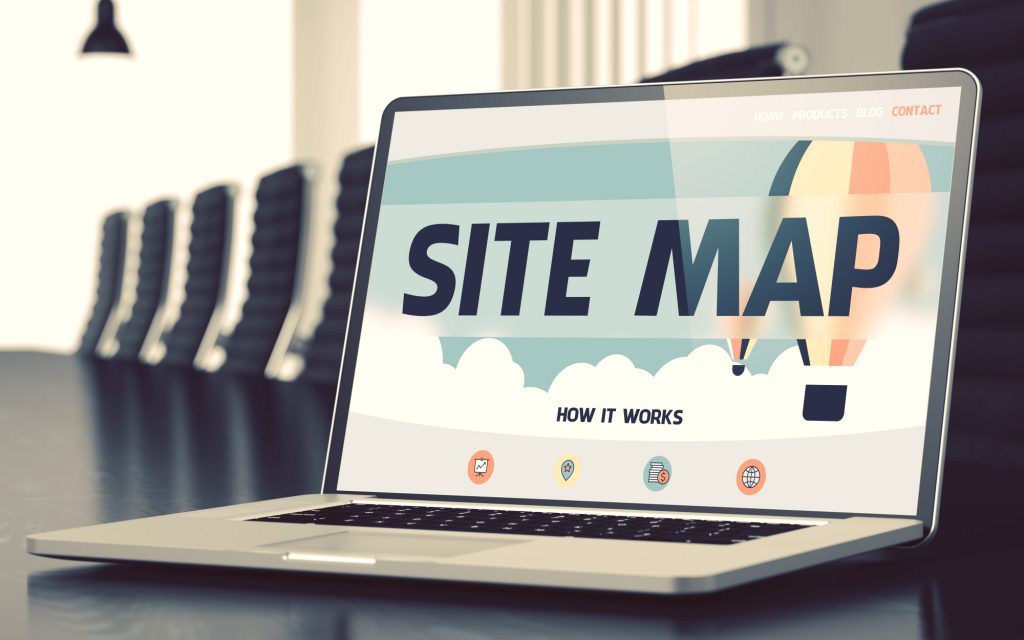
Site navigation is one of the key features of any solid plan for improving user experience.
Let’s face it: bad website design can absolutely ruin things no matter how great your content is.
How much thought have you put into the usability of your web page?
If the answer is not much, then check out the following tips to ensure that you’re not hamstringing your website with bad design.
1. Consistency Is Key
Your website’s navigation needs to be consistent across the whole page, by not doing so you’re forcing your users to take more drastic measures in order to find the information they need.
Header menus and a good footer should be top on your list of priorities when you’re designing your site. They should appear on each individual page without any changes.
This allows the user to easily find what the page they’re looking for without having to go digging, which will often lead a lukewarm visitor to abandon the site entirely.
2. Check Your Search Function
While most web design programs, such as WordPress, have a built-in search function… it doesn’t always work properly. If you’ve ever been looking for something specific on a site only to be greeted with nonsensical search results you know how important this is.
Periodically make sure that your search bar is working properly simply by using it, if there’s something amiss then it should be corrected at the first given opportunity.
3. Use an Internal Linking Structure
Coherent internal linking is important for both SEO purposes and the end-user experience. You should link to any related content on your blog at least a few times in each post and your site as a whole should be reachable without the need for menus.
By doing so you’re not only helping the user find the information they need… you’re also keeping them more engaged with the site itself which is an important part of the browsing process.
This goes doubly for things like blogs linked to e-commerce pages, where internal linking from the blog can get customers on your product pages and engaged in shopping rather than simply browsing your content marketing for information.
4. Always Focus on the User’s Experience
Do you love infinite scroll but have found it to slow down your page significantly?
Ditch it.
Every part of the website should be geared towards the user and improving their experience. Gimmicky plug-ins often do some neat stuff, for instance, but can also slow down your page significantly.
It’s always a good idea to run your website’s UI through a few people before committing to any serious changes from a normal format. Something you find excellent might just confuse users, for instance, and your goal isn’t to create the niftiest page on the net but instead to guide users where you wish.
Focusing on the user experience will eventually net you a website which is fantastically easy to navigate and lead to a long-term boost for your project.
Your web design is key to ensuring that you keep people around, lowering bounce rate and increasing your chances of making that all-important sale.
Don’t Get Hurt by Bad Site Navigation
Bad site navigation can really hurt, even if the design is creative and attractive.
Instead, focusing on the end-user experience and keeping things simple will help you get ahead. You’re building your page for readers or customers after all.
Use the above checklist as a guideline and go figure out how your site compares today.
Please don’t forget to bookmark our site to never miss any of our latest posts!

